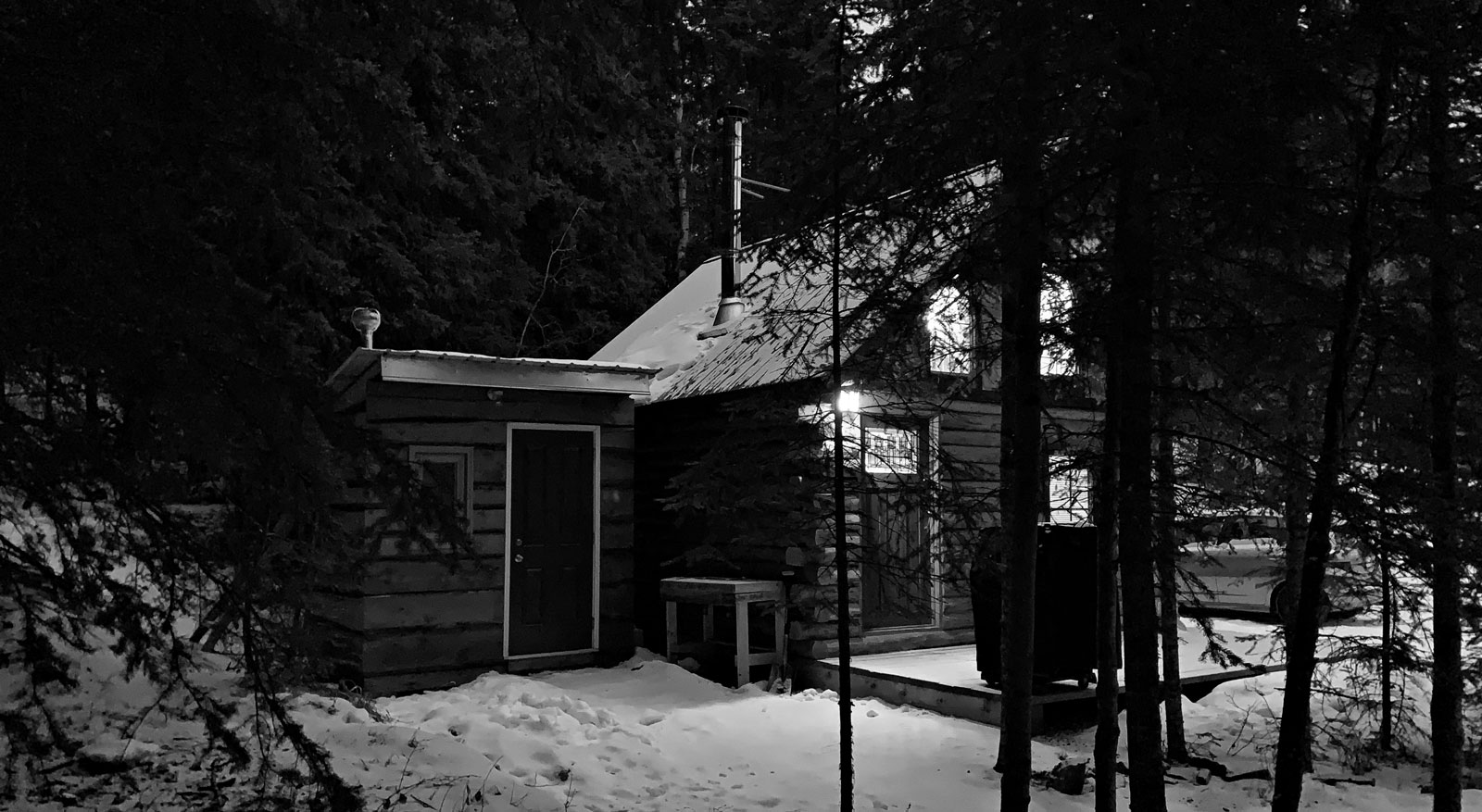I recently spoke to a friend who runs a very successful small business. He’s the illustration of what most see as “successful”.
However… even with luxurious vacations, a beautiful home, and a dedicated team – he’s was riding the razor’s edge of burnout.
His family finally forced him to visit a doctor because “he just wasn’t himself” anymore. Aside from the stress factors that you could have guessed – he also learned that he had high cholesterol and hypertension. Both of which are precursors to stroke.
This was a red-flag reality-check he’s been avoiding for years.
Here’s the thing. Most high performers have a recovery blindspot. They expect to run at 100% all of the time. If that sounds like you – it might be time to think about designing a recovery practice.
Just like you wouldn’t expect a sprinter to run a marathon at sprint speed – we can’t expect ourselves or our teams to perform at top levels 100% of the time.
We need time to rest and recover.
Those who ignore recovery, often end up with all kinds of mental and physical issues later on. From heart attacks and strokes to broken relationships and depression.
For more data and science behind this assertion, you can read through this 2018 study on Physiological Load of Stress and Recovery in Executives, and this interesting article about executive resilience.
Having experienced burnout a few times, and seeing my clients and friends experiencing the same – I have been experimenting with recovery routines.
My goal is to be fresh and perform at my best as often as possible, and help my clients do the same.
I split them into daily, weekly, monthly, quarterly, and annual practices. I’ll share those ideas with you below, but keep in mind that it is nearly impossible to do all of these on a regular basis.
These are my personal practices, so think of them as a resource you can pull from and design your own.
DAILY
- Exercise – I start every day with a 20-60 minute exercise session. Either weightlifting, running, or indoor biking. Cardio, in particular, has been proven to improve brain function.
- Meditation – Every evening, I sit for 5 – 20 minutes of meditation. The benefits have compounded in calmness and the ability to deal with stress more effectively. Here’s a great study on the neuroscience of meditation.
WEEKLY
- Tech-Free Sundays – A result of my experiments in digital detox. Most Sundays, we try to have a 100% digital and tech-free day. No phones, no laptops, no internet, no tv.
- Jar Of Good – Usually, on a Sunday, we’ll write down a couple of good things from the previous week and how we’re feeling. Those go on a small, dated piece of paper and into a jar. It’s part of a gratitude practice and a way for us to reflect on the year as a family.
MONTHLY
- Mastermind – I’m part of an amazing peer group that gets together once a month. Our time together allows us to share our challenges and wins with a trusted circle of friends. We all leave energized after every meeting.
- Meet & Greet – At least once a month I make it a point to attend a networking event, an interesting conference, or a class I’m interested in. This helps create distance from my regular day-to-day and exposes me to new experiences. It’s also a great mental health practice.
QUARTERLY
- 90 Day Reflection – Every quarter, I try to set aside a day to reflect on the previous 90 days, and set actionable goals for the next 90 days. For me, that means driving out to Banff or Canmore, going for a walk or hike, and then finding a cozy coffee shop to review and think.
- One Hobby Thing – I picked up watercolour and urban sketching a few years ago, so now I try to find a class, a meetup, or even just schedule a morning to go out and paint. If you have a hobby, set some time aside for it! For more proof, check out why CEOs dedicate time to hobbies.
ANNUAL
- Off-grid Sabbatical – Once a year (with the support of my incredible wife), I go on a 3-7 day off-grid trip. Often, it’s in the BC mountains where there is no cell reception. This time allows me to think and the forced disconnection creates time and space to listen and reflect. This January, I was in an off-grid cabin for three days to map out 2020.
- Operating System Upgrade – Once a year, I reflect on what I want more of and less of. Out of those ideas, I create an “operating system” that gets me closer to where and who I want to be. These three videos will give you an overview of the process I use.
I hope you found that list helpful in designing your own recovery practice. It’s an important and often overlooked part of maintaining high performance in our work.
